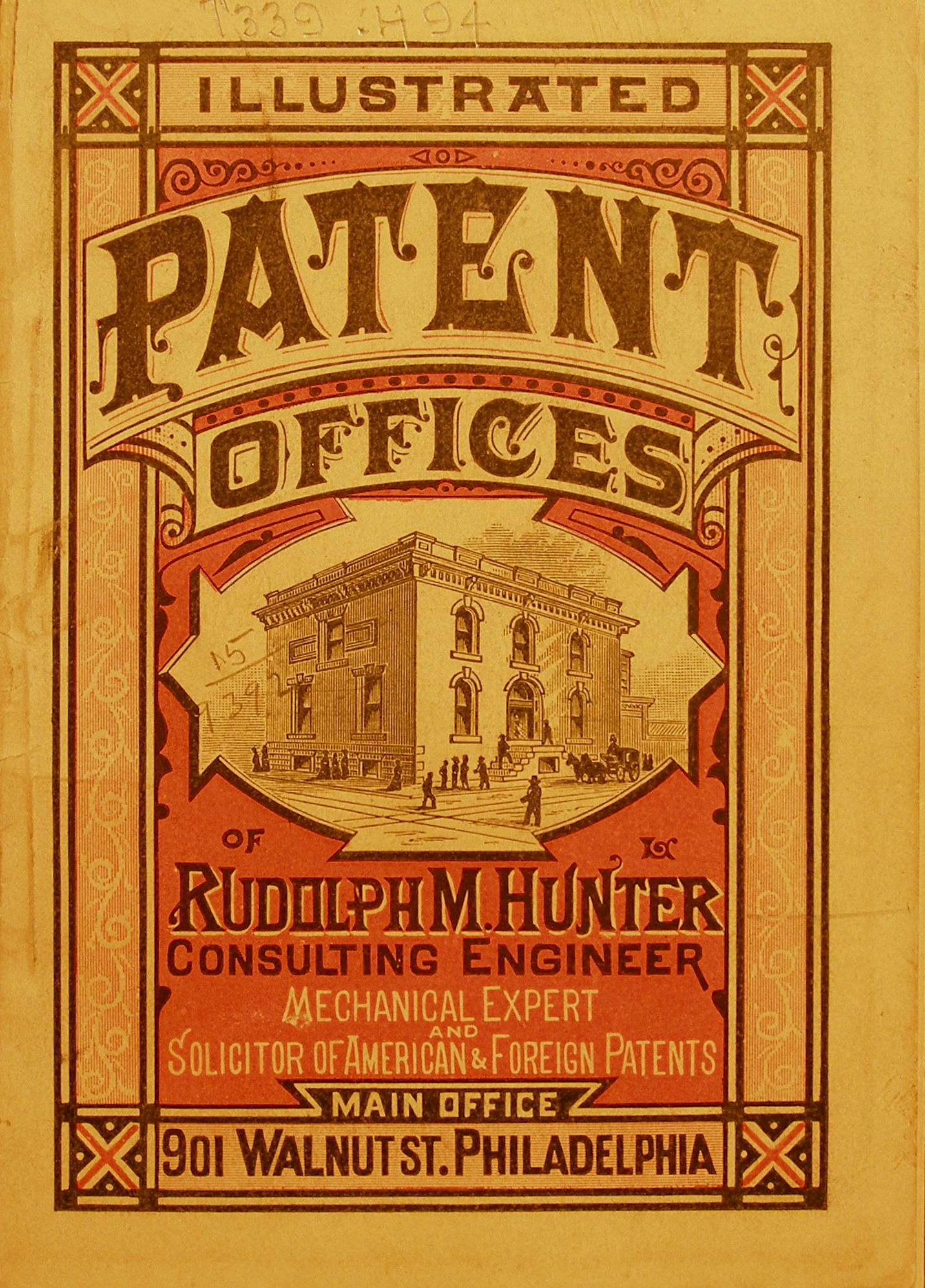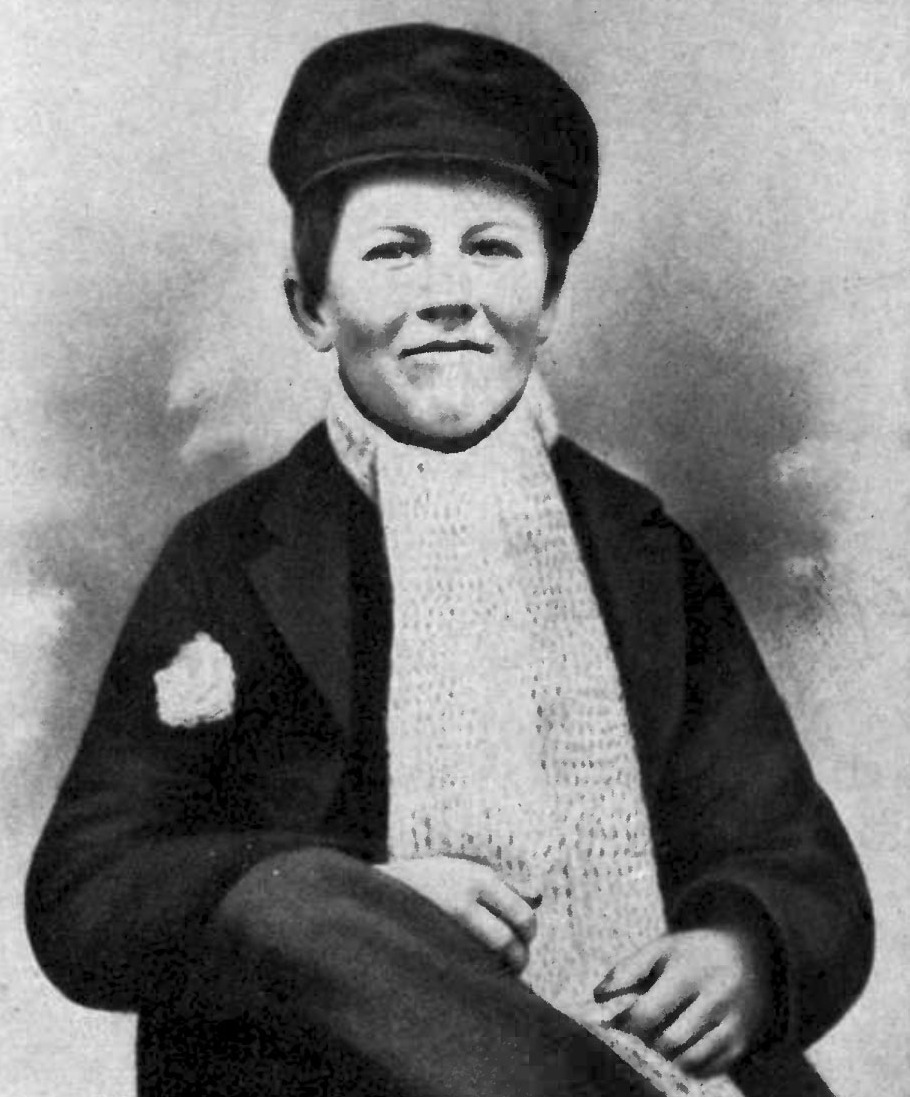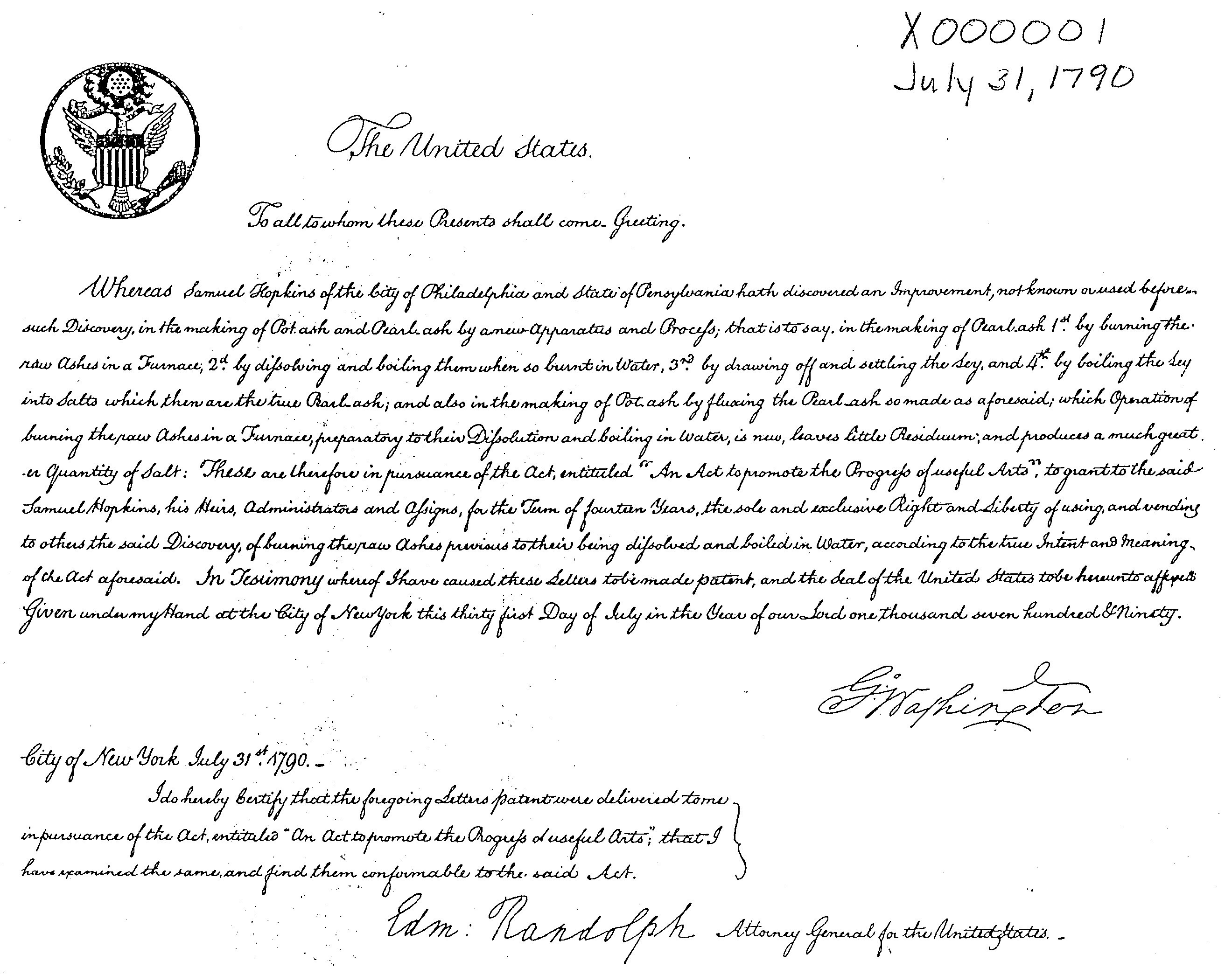|
Rudolph M. Hunter
Rudolph Melville Hunter (June 20, 1856 – March 19, 1935) was an American inventor, engineer, patent attorney and entrepreneur. Hunter was granted 299 US patents, over 140 of them for electric railway apparatus. He played a key role in the development of "mixed control," long the standard method of controlling the speed of electric streetcars and locomotives. Hunter later largely abandoned his work as a practical inventor and devoted himself to a futile (despite his claims of success) quest to transmute silver and other metals into gold. Early life and education Hunter's father, Robert, was a physician specializing in respiratory disorders. Canadian by birth, he married Sarah Barton, also Canadian, in 1846. Rudolph was born in New York City, the fifth of the couple's eight children who survived infancy. Robert Hunter, an inventor in his own right, was granted seven US patents for marine propulsion systems (including one for a mechanical toy fish). The last of those patentsNo. 1 ... [...More Info...] [...Related Items...] OR: [Wikipedia] [Google] [Baidu] |
New York City
New York, often called New York City (NYC), is the most populous city in the United States, located at the southern tip of New York State on one of the world's largest natural harbors. The city comprises five boroughs, each coextensive with a respective county. The city is the geographical and demographic center of both the Northeast megalopolis and the New York metropolitan area, the largest metropolitan area in the United States by both population and urban area. New York is a global center of finance and commerce, culture, technology, entertainment and media, academics, and scientific output, the arts and fashion, and, as home to the headquarters of the United Nations, international diplomacy. With an estimated population in 2024 of 8,478,072 distributed over , the city is the most densely populated major city in the United States. New York City has more than double the population of Los Angeles, the nation's second-most populous city. [...More Info...] [...Related Items...] OR: [Wikipedia] [Google] [Baidu] |
Thomas Edison
Thomas Alva Edison (February11, 1847October18, 1931) was an American inventor and businessman. He developed many devices in fields such as electric power generation, mass communication, sound recording, and motion pictures. These inventions, which include the phonograph, the motion picture camera, and early versions of the electric Incandescent light bulb, light bulb, have had a widespread impact on the modern industrial society, industrialized world. He was one of the first inventors to apply the principles of organized science and teamwork to the process of invention, working with many researchers and employees. He established the first industrial research laboratory. Edison was raised in the American Midwest. Early in his career he worked as a telegraph operator, which inspired some of his earliest inventions. In 1876, he established his first laboratory facility in Menlo Park, New Jersey, where many of his early inventions were developed. He later established a botanical ... [...More Info...] [...Related Items...] OR: [Wikipedia] [Google] [Baidu] |
Rheostats
A potentiometer is a three-terminal resistor with a sliding or rotating contact that forms an adjustable voltage divider. If only two terminals are used, one end and the wiper, it acts as a variable resistor or rheostat. The measuring instrument called a potentiometer is essentially a voltage divider used for measuring electric potential (voltage); the component is an implementation of the same principle, hence its name. Potentiometers are commonly used to control electrical devices such as volume controls on audio equipment. It is also used in speed control of fans. Potentiometers operated by a mechanism can be used as position transducers, for example, in a joystick. Potentiometers are rarely used to directly control significant power (more than a watt), since the power dissipated in the potentiometer would be comparable to the power in the controlled load. Nomenclature Some terms in the electronics industry used to describe certain types of potentiometers are: * Pot: abbrev ... [...More Info...] [...Related Items...] OR: [Wikipedia] [Google] [Baidu] |
John Hopkinson
John Hopkinson, FRS, (27 July 1849 – 27 August 1898) was a British physicist, electrical engineer, Fellow of the Royal Society and President of the IEE (now the IET) twice in 1890 and 1896. He invented the three-wire (three-phase) system for the distribution of electrical power, for which he was granted a patent in 1882. He also worked in many areas of electromagnetism and electrostatics, and in 1890 was appointed professor of electrical engineering at King's College London, where he was also director of the Siemens Laboratory. Hopkinson's law, the magnetic counterpart to Ohm's law, is named after him. Life and career John Hopkinson was born in Manchester, the eldest of 5 children. His father, also called John, was a mechanical engineer. He was educated at Queenwood School in Hampshire and Owens College in Manchester. He won a scholarship to Trinity College, Cambridge in 1867 and graduated in 1871 as Senior Wrangler, having placed first in the demanding Cambridge Mathema ... [...More Info...] [...Related Items...] OR: [Wikipedia] [Google] [Baidu] |
Patent Infringement
A patent is a type of intellectual property that gives its owner the legal right to exclude others from making, using, or selling an invention for a limited period of time in exchange for publishing an enabling disclosure of the invention."A patent is not the grant of a right to make or use or sell. It does not, directly or indirectly, imply any such right. It grants only the right to exclude others. The supposition that a right to make is created by the patent grant is obviously inconsistent with the established distinctions between generic and specific patents, and with the well-known fact that a very considerable portion of the patents granted are in a field covered by a former relatively generic or basic patent, are tributary to such earlier patent, and cannot be practiced unless by license thereunder." – ''Herman v. Youngstown Car Mfg. Co.'', 191 F. 579, 584–85, 112 CCA 185 (6th Cir. 1911) In most countries, patent rights fall under private law and the patent holder mu ... [...More Info...] [...Related Items...] OR: [Wikipedia] [Google] [Baidu] |
Interference Proceeding
In United States patent law, an interference proceeding, also known as a priority contest, is an '' inter partes'' proceeding to determine the priority issues of multiple patent applications. Unlike in most other countries, which have long had a first-to-file system, until the enactment of the Leahy–Smith America Invents Act (AIA) in 2011, the United States operated under a first-to-invent. The interference proceeding determines which of several patent applications had been made by the first inventor. The AIA switched the US to a first-to-file regime effective March 16, 2013, and interferences apply only to patent applications with an effective filing date prior to that change. Definition An interference proceeding is an administrative proceeding conducted by a panel of administrative patent judges (administrative law judges sitting on the Board of Patent Appeals and Interferences) of the United States Patent and Trademark Office (USPTO) to determine which applicant is no ... [...More Info...] [...Related Items...] OR: [Wikipedia] [Google] [Baidu] |
United States Patent And Trademark Office
The United States Patent and Trademark Office (USPTO) is an List of federal agencies in the United States, agency in the United States Department of Commerce, U.S. Department of Commerce that serves as the national patent office and trademark registration authority for the United States. The USPTO's headquarters are in Alexandria, Virginia, after a 2005 move from the Crystal City, Virginia, Crystal City area of neighboring Arlington County, Virginia, Arlington, Virginia. The USPTO is "unique among federal agencies because it operates solely on fees collected by its users, and not on taxpayer dollars". Its "operating structure is like a business in that it receives requests for services—applications for patents and trademark registrations—and charges fees projected to cover the cost of performing the services [it] provide[s]". The office is headed by the Under Secretary of Commerce for Intellectual Property, under secretary of commerce for intellectual property and directo ... [...More Info...] [...Related Items...] OR: [Wikipedia] [Google] [Baidu] |
Series-parallel Control
A brushed DC electric motor is an internally Commutator (electric), commutated electric motor designed to be run from a direct current power source and utilizing an brush (electric), electric brush for electrical contact, contact. Brushed motors were the first commercially important application of electric power to driving mechanical energy, and DC distribution systems were used for more than 100 years to operate motors in commercial and industrial buildings. Brushed DC motors can be varied in speed by changing the operating voltage or the strength of the magnetic field. Depending on the connections of the field to the power supply, the speed and torque characteristics of a brushed motor can be altered to provide steady speed or speed inversely proportional to the mechanical load. Brushed motors continue to be used for electrical propulsion, cranes, paper machines and steel rolling mills. Since the brushes wear down and require replacement, Brushless DC electric motor, brushless DC ... [...More Info...] [...Related Items...] OR: [Wikipedia] [Google] [Baidu] |
Trolley Pole
A trolley pole is a tapered cylindrical pole of wood or metal, used to transfer electricity from a "live" (electrified) overhead line, overhead wire to the control and the electric traction motors of a tram or trolley bus. It is a type of current collector. The use of overhead wire in a system of current collection is reputed to be the 1880 invention of Frank J. Sprague, but the first working trolley pole was developed and demonstrated by Charles Joseph Van Depoele, Charles Van Depoele, in autumn 1885.William D. Middleton, Middleton, William D. (1967). ''The Time of the Trolley'', pp. 63–65, 67. Milwaukee: Kalmbach Publishing. . History An early development of an experimental tramway in Toronto, Ontario, was built in 1883, having been developed by John Joseph Wright (inventor), John Joseph Wright, brother of swindler Whitaker Wright. While Wright may have assisted in the installation of electric railways at the Canadian National Exhibition (CNE), and may even have used a pol ... [...More Info...] [...Related Items...] OR: [Wikipedia] [Google] [Baidu] |
Franklin Institute Awards
The Franklin Institute Awards (or Benjamin Franklin Medal) is an American science and engineering award presented by the Franklin Institute, a science museum in Philadelphia. The Franklin Institute awards comprises the Benjamin Franklin Medals in seven areas of science and engineering, the Bower Awards and Prize for Achievement in Science, and the Bower Award for Business Leadership. Since 1824, the institute has recognized "world-changing scientists, engineers, inventors, and industrialists—all of whom reflect Benjamin Franklin's spirit of curiosity, ingenuity, and innovation". Some of the noted past laureates include Nikola Tesla, Thomas Edison, Marie Curie, Max Planck, Albert Einstein, Stephen Hawking. Some of the 21st century laureates of the institute awards are Bill Gates, James P. Allison, Indra Nooyi, Jane Goodall, Elizabeth Blackburn, George Church, Robert S. Langer, and Alex Gorsky. Benjamin Franklin Medals In 1998, the Benjamin Franklin Medals were created by ... [...More Info...] [...Related Items...] OR: [Wikipedia] [Google] [Baidu] |
William Henry Wahl
William Henry Wahl (14 December 1848 in Philadelphia – 23 March 1909) was a United States scientific editor and journalist. Biography Wahl entered Dickinson College, Carlisle, Pennsylvania, in 1863 at the age of 15, and graduated from there in 1867. He then studied at the University of Heidelberg, from where he received his Ph.D. in 1869. He subsequently made a special study of mineralogy, geology and chemistry. During a trip home from Heidelberg, he made the acquaintance of Henry Morton, resident secretary of the Franklin Institute, who had engaged him for editorial services. Morton obtained from Wahl a series of articles on crystallography for the ''Journal'' of the Institute. When Morton left the service of the Institute in 1870, he recommended Wahl as a competent replacement, and this advice was taken. Wahl was resident secretary at the Institute and editor of its ''Journal'' 1870–74. Wahl was instructor in physical sciences at the Philadelphia Episcopal Academy from 1 ... [...More Info...] [...Related Items...] OR: [Wikipedia] [Google] [Baidu] |
Franklin Institute
The Franklin Institute is a science museum and a center of science education and research in Philadelphia, Pennsylvania. It is named after the American scientist and wikt:statesman, statesman Benjamin Franklin. It houses the Benjamin Franklin National Memorial. Founded in 1824, the Franklin Institute is one of the oldest centers of science education and development in the United States. Its chief astronomer is Derrick Pitts. History 19th century On February 5, 1824, Samuel Vaughan Merrick and William H. Keating founded the Franklin Institute of the State of Pennsylvania for the Promotion of the Artes Mechanicae, Mechanic Arts. The opening was chronicled by ''The Literary Chronicle for the Year 1824'': Begun in 1825, the institute was an important force in the professionalization of American science and technology through the nineteenth century, beginning with early investigations into steam engines and water power. In addition to conducting scientific inquiry, it fostered re ... [...More Info...] [...Related Items...] OR: [Wikipedia] [Google] [Baidu] |








